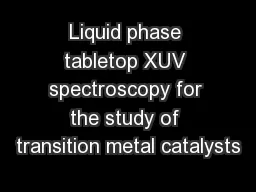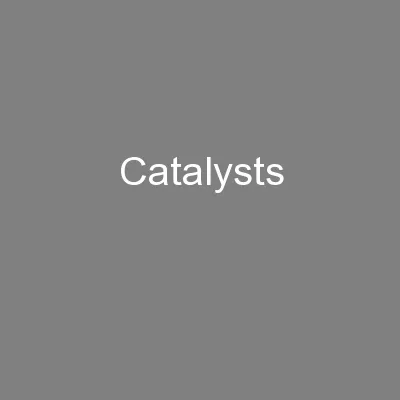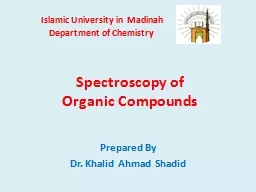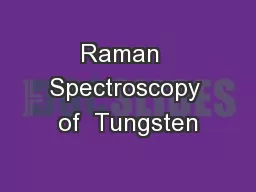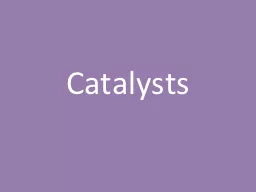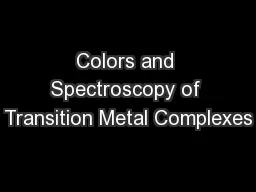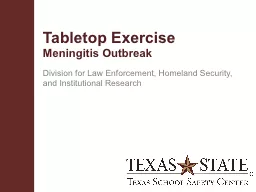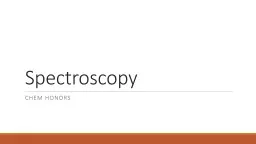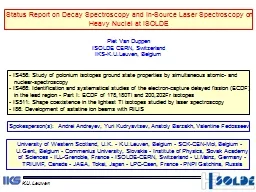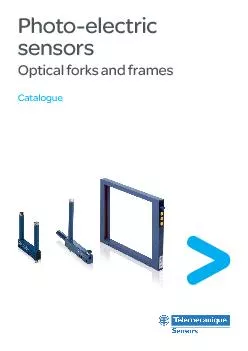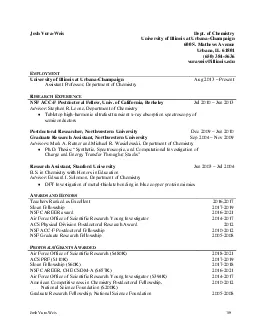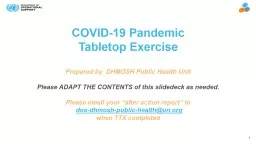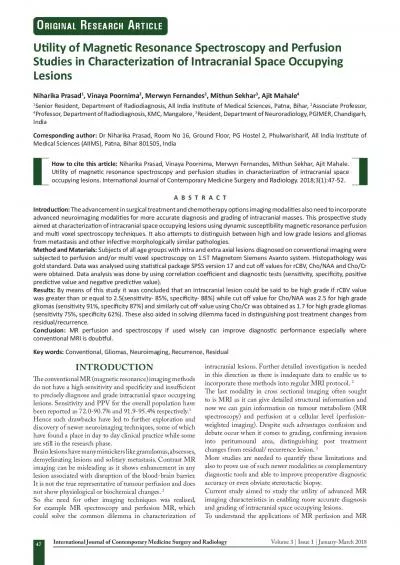PPT-Liquid phase tabletop XUV spectroscopy for the study of transition metal catalysts
Author : danika-pritchard | Published Date : 2018-02-26
Kristin Benke ISMS 2017 Ultrafast tabletop XUV spectroscopy 2 3p 6 3d n 3p 5 3d n 1 High harmonic generation HHG Gasfilled cell NIR laser Popmintchev T et
Presentation Embed Code
Download Presentation
Download Presentation The PPT/PDF document "Liquid phase tabletop XUV spectroscopy f..." is the property of its rightful owner. Permission is granted to download and print the materials on this website for personal, non-commercial use only, and to display it on your personal computer provided you do not modify the materials and that you retain all copyright notices contained in the materials. By downloading content from our website, you accept the terms of this agreement.
Liquid phase tabletop XUV spectroscopy for the study of transition metal catalysts: Transcript
Download Rules Of Document
"Liquid phase tabletop XUV spectroscopy for the study of transition metal catalysts"The content belongs to its owner. You may download and print it for personal use, without modification, and keep all copyright notices. By downloading, you agree to these terms.
Related Documents

